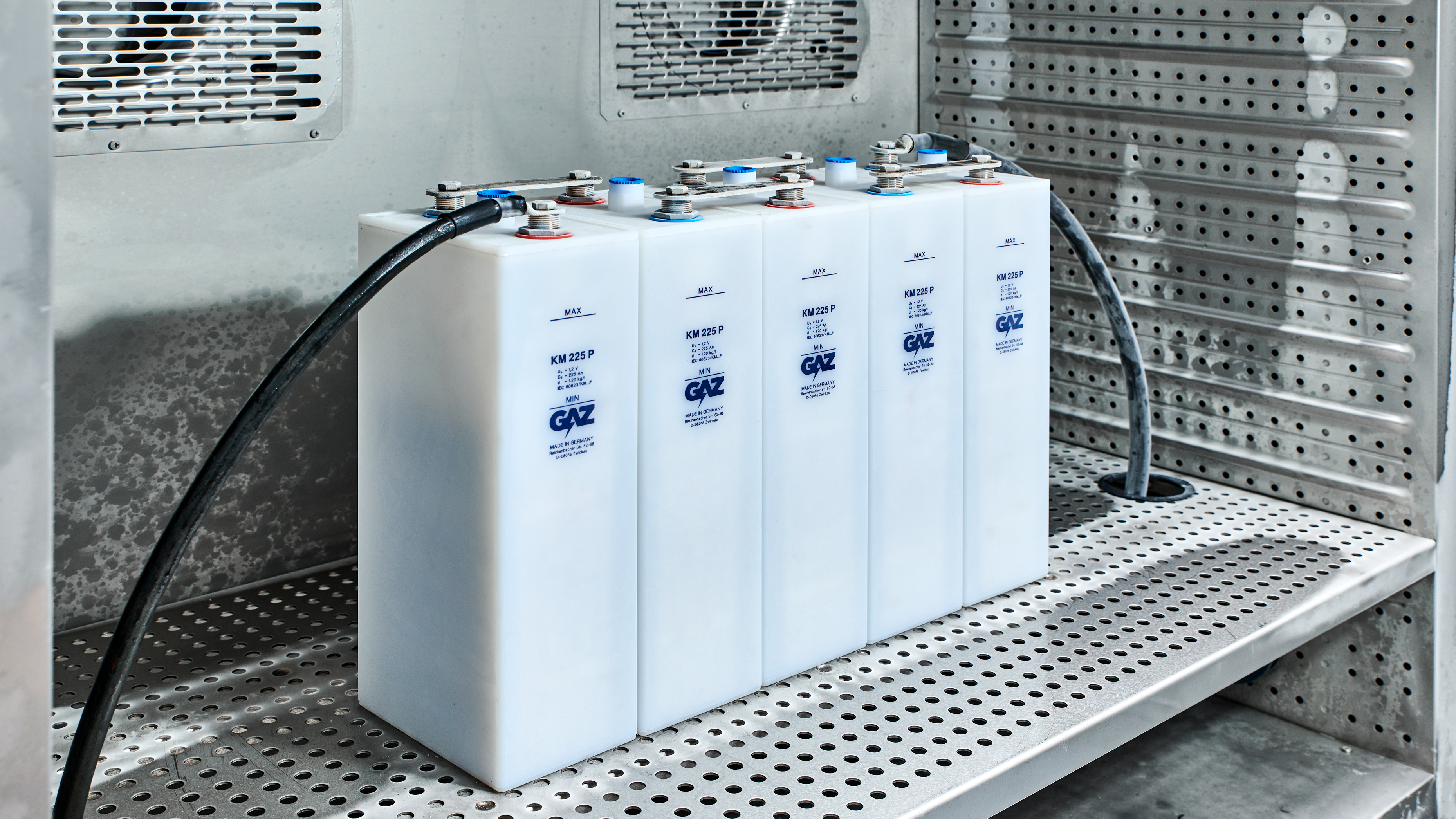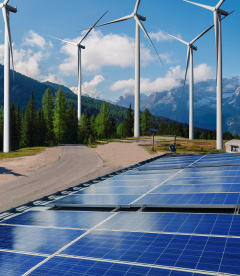Coupled with large solar power plants or vast wind farms, battery systems are used to store excess energy production during peak hours of sunshine or the wind blowing, and release the accumulated energy when the opposite is the case. This is done to ensure that the installation is providing a constant output according to what the operator is obliged to deliver to the transmission network, but also to prevent the local grid from overloading, known as the ramp-rate control application.
Such storage systems have to cope with large fluctuations in energy production, and as they are delivering energy to HV grid infrastructure, they operate in a high voltage - low current mode. Conversely, small renewables installations generate electricity at a much lower voltage, typically under 50 V, while their batteries must handle currents in the thousands of amperes. Facilities such as base stations of telecommunications infrastructure do not need to quickly compensate for fluctuations in electricity generation, but instead rely on receiving constant voltage.
Remote areas also tend to be either too cold or too hot, or also high moisture salty sea environments. As Li-ion cells are particularly susceptible to temperature, they can’t do without sophisticated temperature control, as well as other auxiliary systems. This electronics suffers in dusty or salt-moisture conditions, and requires significant maintenance. It also consumes electricity, ranging up to 5-7 percent of the system’s rated power.
Beyond the Arctic Circle or in the Desert
Because of all this, at remote unmanned industrial installations, nickel-cadmium batteries are preferred over Li-ion technology. Ni-Cd cells tolerate both very high and very low temperatures. In fact, while they are usually designed for ranges between -20 and +50 °C, they can as well withstand temperatures of -50 or +70 °C, at least for short periods of time.
Dust, moisture or salt does not affect Ni-Cd cells, which are typically placed inside a battery box with just sufficient louvers for air ventilation, without any air-conditioning. They do not require any other supporting systems, thus requiring minimum maintenance. Ni-Cd cells can be discharged autonomously over a long period of time, even for 10 days of insufficient or no solar irradiation, which is also advantageous for critical, must-run applications.







